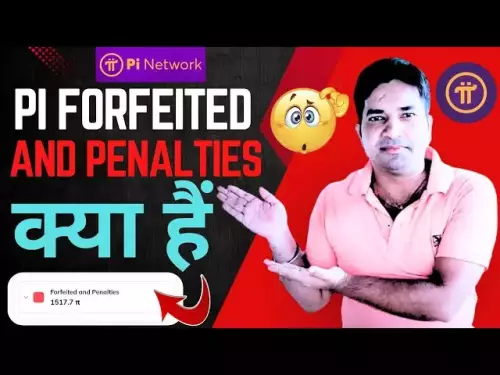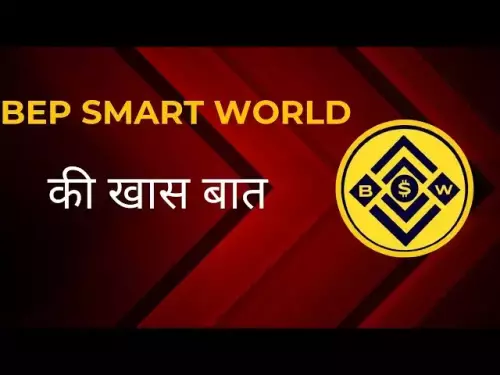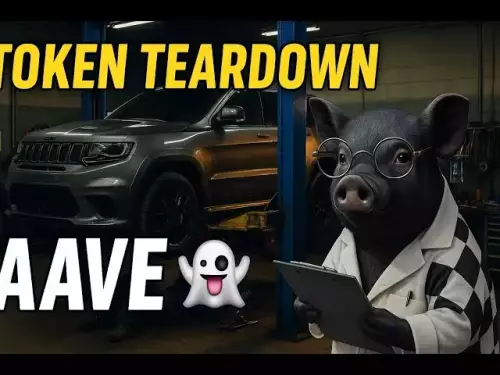-
 bitcoin
bitcoin $112195.049338 USD
2.42% -
 ethereum
ethereum $4124.915858 USD
2.81% -
 tether
tether $1.000570 USD
0.02% -
 xrp
xrp $2.861568 USD
2.25% -
 bnb
bnb $1000.346670 USD
3.04% -
 solana
solana $209.070819 USD
3.38% -
 usd-coin
usd-coin $0.999870 USD
0.02% -
 dogecoin
dogecoin $0.235379 USD
2.65% -
 tron
tron $0.335681 USD
-0.20% -
 cardano
cardano $0.803501 USD
3.38% -
 hyperliquid
hyperliquid $47.120881 USD
3.56% -
 chainlink
chainlink $21.501300 USD
3.44% -
 ethena-usde
ethena-usde $1.000571 USD
0.02% -
 avalanche
avalanche $29.793378 USD
3.62% -
 stellar
stellar $0.366964 USD
2.42%
How can I determine the security of an NFT through contract audits?
A secure NFT should have a verified smart contract, professional audit from firms like CertiK or OpenZeppelin, and no unresolved critical vulnerabilities.
Aug 11, 2025 at 10:08 am
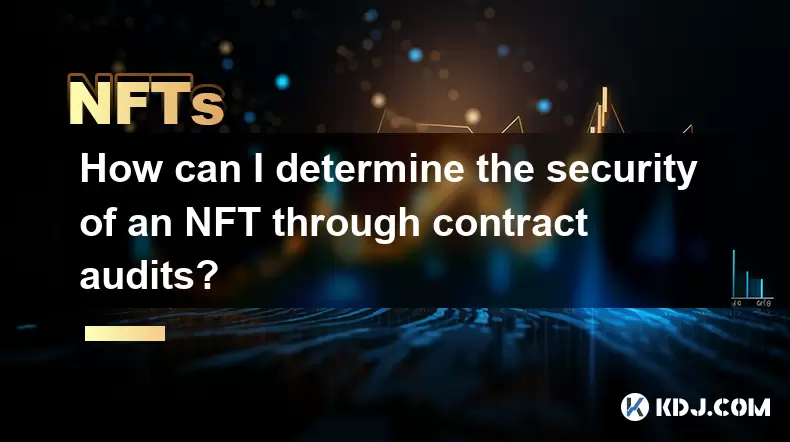
Understanding NFT Smart Contracts and Their Role in Security
When evaluating the security of an NFT, one of the most critical aspects is the underlying smart contract that governs its creation, ownership, and transfer. Unlike traditional digital assets, NFTs are powered by blockchain-based smart contracts, typically built on platforms like Ethereum, Solana, or Polygon. These contracts define how the NFT behaves, including minting rules, royalty distributions, and metadata handling. A flaw in this code can lead to theft, loss of ownership, or unauthorized minting. Therefore, the integrity of the smart contract is paramount.
To ensure safety, users must verify that the contract has undergone a professional audit by a reputable blockchain security firm. An audit involves a thorough examination of the contract’s source code to detect vulnerabilities such as reentrancy attacks, overflow/underflow errors, or unauthorized access controls. Without such an audit, the risk of interacting with a malicious or poorly coded contract increases significantly.
Identifying Audited NFT Projects
The first step in determining NFT security through contract audits is to locate audit reports associated with the project. Reputable NFT collections typically publish their audit results on their official websites or through trusted third-party platforms. Look for links to audit documents from firms such as CertiK, OpenZeppelin, Hacken, or Quantstamp. These reports are often available in PDF format and include detailed findings, risk ratings, and remediation steps.
- Check the project’s official website for a “Security” or “Audit” section
- Search for the NFT collection on CertiK’s Skynet or Hacken’s Verify platform
- Review the GitHub repository for transparency in code and audit logs
- Confirm that the audit covers the exact contract address used by the NFT
It is crucial to ensure that the audit corresponds to the live contract and not a test version. Misaligned audits can create a false sense of security.
Interpreting Audit Findings and Risk Ratings
Once an audit report is obtained, understanding its contents is essential. Professional audits categorize vulnerabilities by severity: Critical, High, Medium, and Low. A secure NFT contract should have no unresolved critical or high-risk issues. For example, a critical vulnerability might allow an attacker to mint unlimited NFTs, while a low-risk issue could be poor code documentation.
Pay close attention to the status of each finding. Remediated issues should be marked as “Fixed” or “Resolved,” with evidence such as updated code commits. Unresolved issues, even if labeled low risk, should raise caution, especially if they involve ownership functions or fund recovery mechanisms.
Some audit platforms provide a security score or on-chain verification badge. For instance, CertiK’s on-chain certificate can be viewed directly on the blockchain explorer. This certificate displays the project’s security ranking and the date of the last audit, offering real-time verification.
Verifying Contract Code on Blockchain Explorers
A powerful method to assess NFT security is to inspect the contract directly on a blockchain explorer such as Etherscan (for Ethereum) or Solscan (for Solana). These tools allow users to view whether the contract has been verified, meaning the source code matches the deployed bytecode.
To verify a contract on Etherscan:
- Navigate to the NFT’s contract address on Etherscan
- Look for the “Contract” tab and check if the code is “Verified”
- If verified, review the Solidity code for known secure patterns
- Search for trusted libraries like OpenZeppelin’s Ownable, ERC721, or Pausable
Contracts that are not verified should be treated with extreme caution. Unverified code could contain hidden functions, such as backdoors that allow developers to mint NFTs indefinitely or drain funds from royalty splits.
Additionally, examine the transaction history and function calls. Frequent calls to setBaseURI or withdraw functions may indicate ongoing administrative control, which could be misused.
Checking for Ongoing Monitoring and Insurance
Beyond initial audits, the best NFT projects implement continuous monitoring and on-chain protection. Some deploy runtime protection tools like CertiK SKALE or Forta bots, which detect suspicious activity in real time. These systems can alert owners or automatically pause contracts if anomalies are detected.
Another indicator of enhanced security is the presence of bug bounty programs or on-chain insurance. Platforms like Nexus Mutual offer coverage for smart contract failures. If a project has purchased such coverage, it demonstrates a commitment to user protection.
- Look for active monitoring alerts on CertiK’s Skynet dashboard
- Check if the project runs a bug bounty via Immunefi
- Verify if insurance coverage is listed in the audit or website footer
Projects that combine initial audits, real-time monitoring, and financial safeguards provide a multi-layered defense against exploitation.
Common Red Flags in Unaudited or Poorly Audited Contracts
Certain warning signs indicate that an NFT contract may be insecure, even if an audit is claimed. One major red flag is the presence of owner-only functions that allow unilateral changes, such as altering the base URI, mint price, or royalty settings. While some control is normal, excessive privileges increase the risk of rug pulls.
Other red flags include:
- Use of self-coded token standards instead of established ones like ERC721 or ERC1155
- Lack of reentrancy guards in withdrawal or minting functions
- Unlimited approval functions that could lead to asset theft
- Absence of pause mechanisms during emergencies
If the audit report is missing, outdated, or lacks technical depth, assume the contract is high risk.
Frequently Asked Questions
Can I trust an NFT if it has an audit from a lesser-known firm?Not necessarily. While some smaller firms provide legitimate services, unknown auditors may lack the expertise or transparency of established ones. Always cross-check the firm’s reputation, past clients, and whether their reports are detailed and publicly verifiable.
What should I do if I find an unverified contract for an NFT I own?Avoid interacting with the contract beyond necessary transfers. Consider moving your NFT to a secure wallet and refraining from using any associated dApp features. Contact the project team to request verification or clarification on the audit status.
Is a single audit enough to guarantee NFT security?No. A single audit is a snapshot in time. Contracts can be upgraded or exploited after the audit. Continuous monitoring, community scrutiny, and regular re-audits are essential for long-term security.
How can I check if an NFT contract has been upgraded or changed after the audit?Use a blockchain explorer to check the contract’s transaction history for calls to upgradeTo or setImplementation functions. On Etherscan, review the Proxy tab if the contract uses a proxy pattern. Any post-audit changes should be disclosed and re-audited.
Disclaimer:info@kdj.com
The information provided is not trading advice. kdj.com does not assume any responsibility for any investments made based on the information provided in this article. Cryptocurrencies are highly volatile and it is highly recommended that you invest with caution after thorough research!
If you believe that the content used on this website infringes your copyright, please contact us immediately (info@kdj.com) and we will delete it promptly.
- News, September 28th, Headlines: Crypto's Wild Ride
- 2025-09-29 20:45:13
- Altcoins, Investors, and Potential Gains: Riding the 2025 Crypto Wave
- 2025-09-29 20:45:13
- Citi Token Services: Revolutionizing Cross-Border Payments and Liquidity Management
- 2025-09-29 20:50:01
- JYAI Token Gears Up for Launch: LCX Exchange Listing Imminent
- 2025-09-29 20:50:01
- Prenetics, Bitcoin Holdings, and Corporate Bitcoin: A New Era?
- 2025-09-29 20:25:11
- Swift, Altcoins, and Shifting Sands: Diving into Crypto's Latest Details
- 2025-09-29 20:25:11
Related knowledge
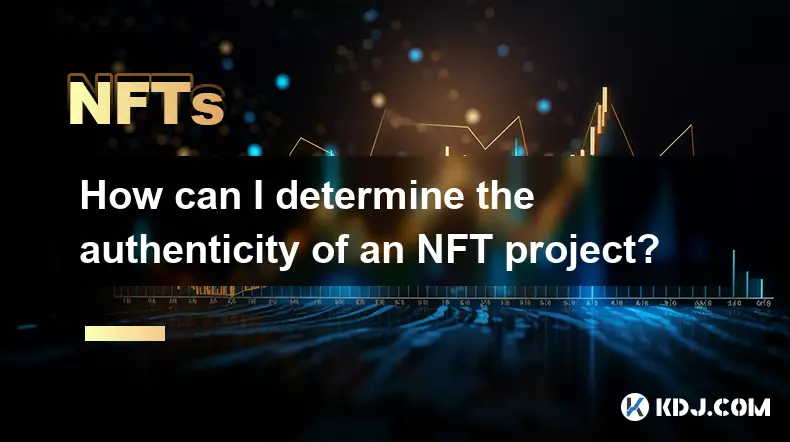
How can I determine the authenticity of an NFT project?
Sep 23,2025 at 05:18pm
Understanding the Project Team and Their Background1. Research the identities of the team members behind the NFT project. Verified social media profil...
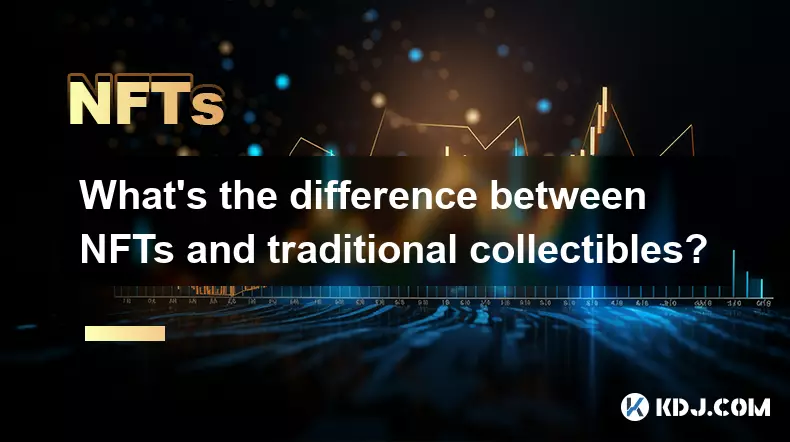
What's the difference between NFTs and traditional collectibles?
Sep 19,2025 at 12:55pm
Digital Ownership and Provenance1. NFTs are built on blockchain technology, which ensures transparent and immutable records of ownership. Every transa...
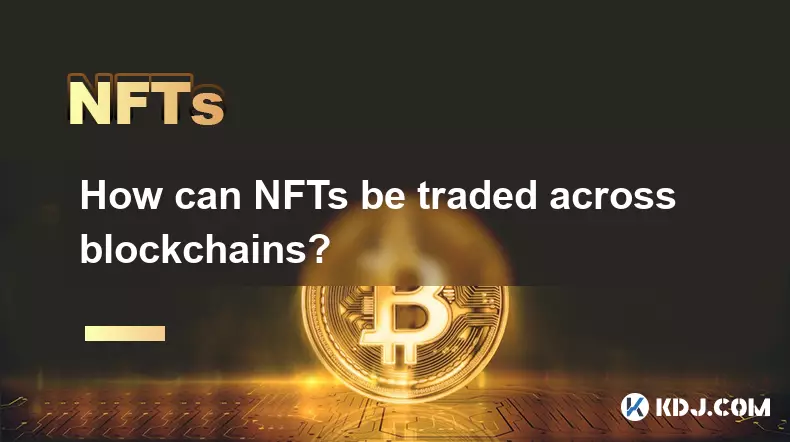
How can NFTs be traded across blockchains?
Sep 19,2025 at 12:00pm
Understanding Cross-Chain NFT Trading1. Non-fungible tokens (NFTs) are digital assets that represent ownership of unique items on a blockchain. Origin...
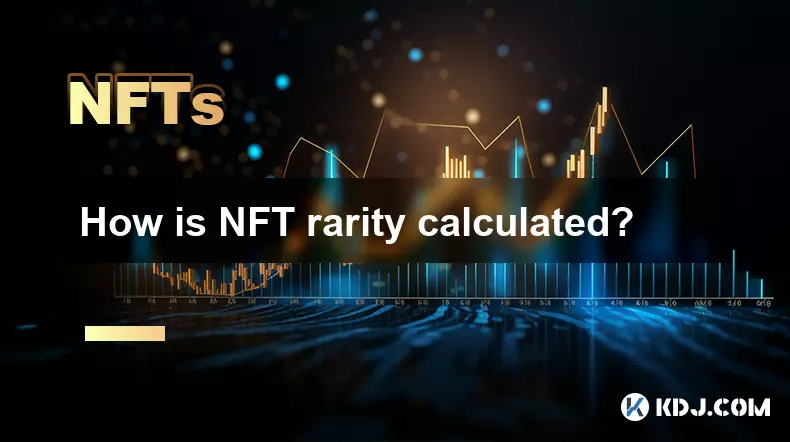
How is NFT rarity calculated?
Sep 18,2025 at 07:54pm
Understanding NFT Rarity Metrics1. NFT rarity is determined by analyzing the uniqueness of individual traits within a collection. Each NFT typically c...
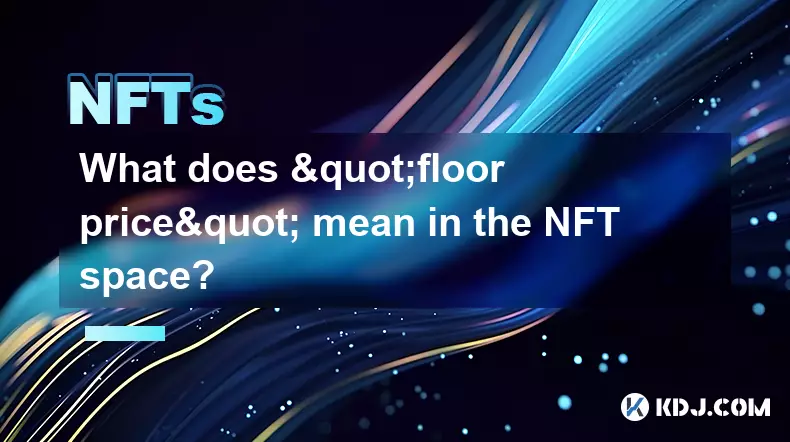
What does "floor price" mean in the NFT space?
Sep 22,2025 at 06:36am
Floor Price: A Core Metric in the NFT Marketplace1. The term floor price refers to the lowest current asking price for any item within a specific NFT ...

How do NFTs help content creators?
Sep 18,2025 at 08:00am
NFTs Empower Creators with Ownership and Monetization1. NFTs provide content creators with verifiable ownership of their digital works, ensuring authe...

How can I determine the authenticity of an NFT project?
Sep 23,2025 at 05:18pm
Understanding the Project Team and Their Background1. Research the identities of the team members behind the NFT project. Verified social media profil...

What's the difference between NFTs and traditional collectibles?
Sep 19,2025 at 12:55pm
Digital Ownership and Provenance1. NFTs are built on blockchain technology, which ensures transparent and immutable records of ownership. Every transa...

How can NFTs be traded across blockchains?
Sep 19,2025 at 12:00pm
Understanding Cross-Chain NFT Trading1. Non-fungible tokens (NFTs) are digital assets that represent ownership of unique items on a blockchain. Origin...

How is NFT rarity calculated?
Sep 18,2025 at 07:54pm
Understanding NFT Rarity Metrics1. NFT rarity is determined by analyzing the uniqueness of individual traits within a collection. Each NFT typically c...

What does "floor price" mean in the NFT space?
Sep 22,2025 at 06:36am
Floor Price: A Core Metric in the NFT Marketplace1. The term floor price refers to the lowest current asking price for any item within a specific NFT ...

How do NFTs help content creators?
Sep 18,2025 at 08:00am
NFTs Empower Creators with Ownership and Monetization1. NFTs provide content creators with verifiable ownership of their digital works, ensuring authe...
See all articles





















